Received in mid August 2o13 via Postcrossing private swap. Thanks Winkie! :) It’s the first time I received a postcard of Macau written by someone from Macau. :)
Macau Tower
Macau Tower Convention & Entertainment Centre (Chinese: 澳門旅遊塔會展娛樂中心;Portuguese: Centro de Convenções e Entretenimento da Torre de Macau), also known as Macau Tower, is a tower located in the Special Administrative Region of the People’s Republic of China. Macau used to be a Portuguese colony until 1999.
The tower measures 338 m (1,109 ft) in height from ground level to the highest point. An observation deck with panoramic views, restaurants, theaters, shopping malls and the Skywalk X, a thrilling walking tour around the outer rim. It offers the best view of Macau and in recent years has been used for a variety of adventurous activities. At 233 meters, the Macau Tower’s tethered “skyjump” and Bungee jump by AJ Hackett from the tower’s outer rim, is the second highest commercial skyjump in the world, after Vegas’ Stratosphere skyjump at 260 meters. The tower was created by the architecture firm of Craig Craig Moller.
The tower is one of the members of the World Federation of Great Towers. Besides being used for observation and entertainment, the tower is also used for telecommunications and broadcasting.
(Source: Wiki)
Lovely stamp of Largo de Santo Agostinho:
崗頂前地(葡萄牙語:Largo de Santo Agostinho),是澳門崗頂(古稱磨盤山)的一個廣場,座落於澳門半島南部風順堂區。2005年作為澳門歷史城區的部分被列入世界文化遺產名錄內。
前地面積雖不大,但卻擁有豐富的人文與宗教景觀。其內的聖若瑟修院大樓及聖堂、崗頂劇院(伯多祿五世劇院)、何東圖書館、聖奧斯定教堂均一同被列入世界文化遺產之建築。另外,社會服務慈善團體澳門明愛以此地為會址。近年,崗頂前地舖上波浪形圖案的葡萄牙風格碎石和小食亭,更增添了廣場的歐陸氣色。
崗頂前地伸延道路可通向議事亭前地(東方斜巷)、福隆新街、龍嵩街、紅窗門街與天通街,其附近也是一區警察局總部與匯業銀行行政中心所在地。而葡文名稱則意為聖奧斯定前地。
(Directly copied from Wiki – my usual practice :P)
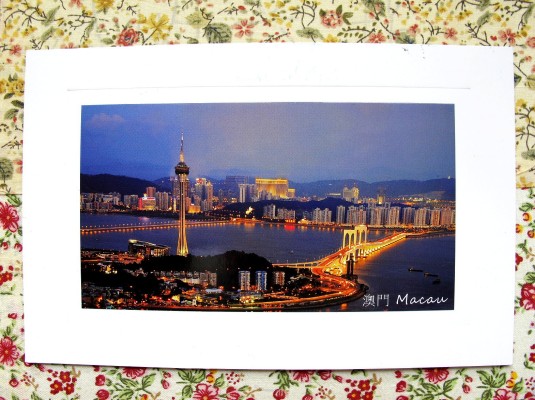


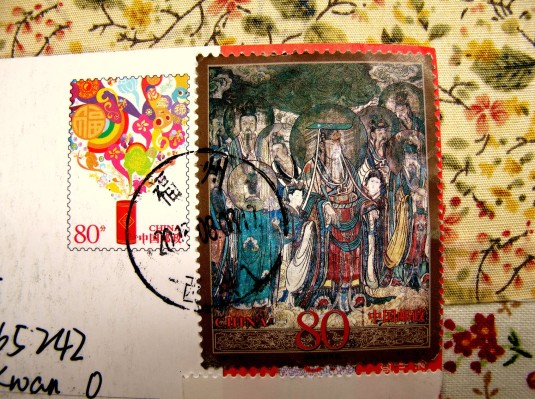
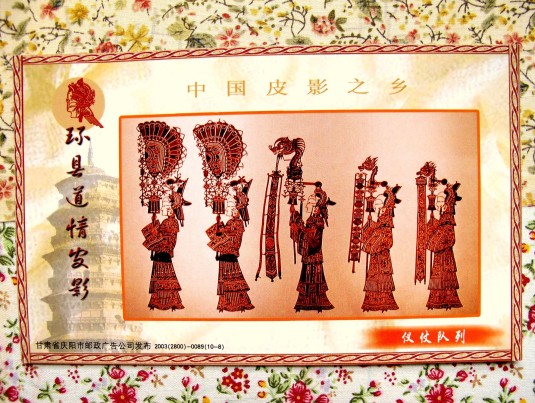

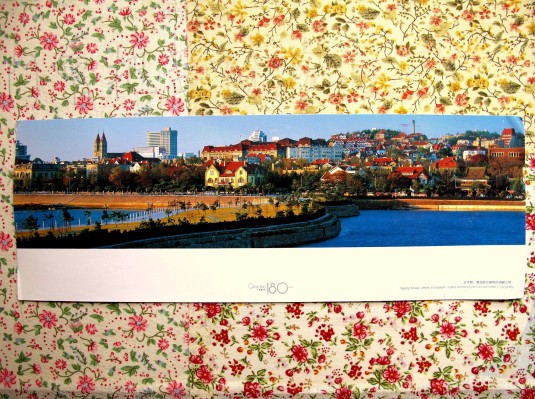





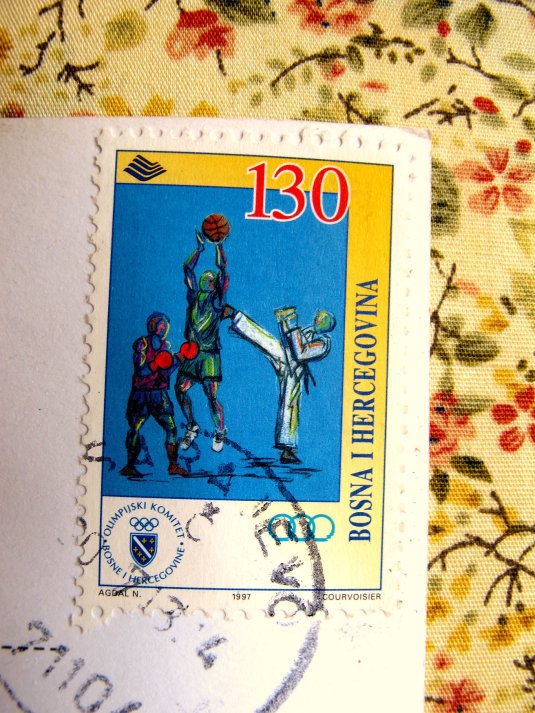
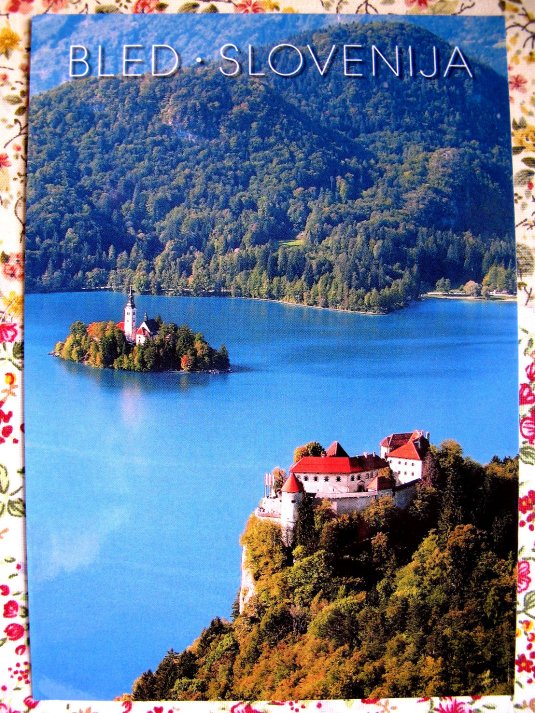
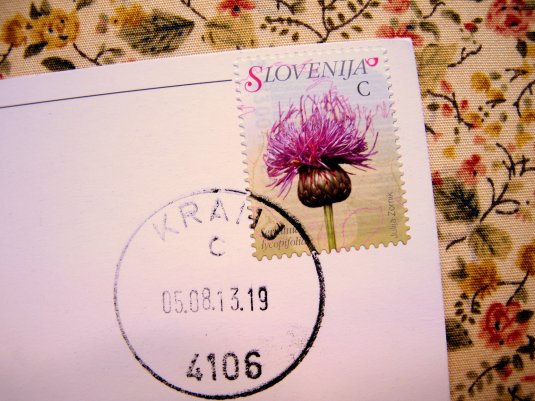
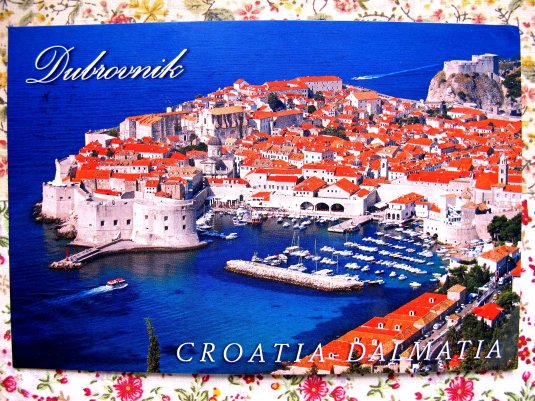

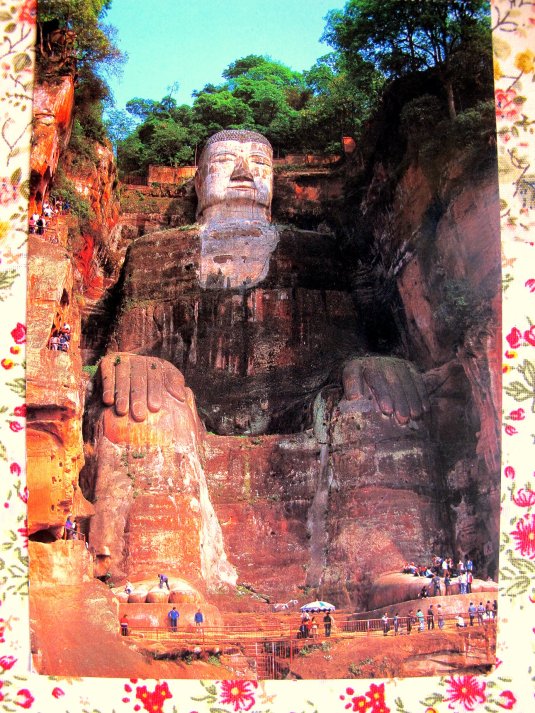
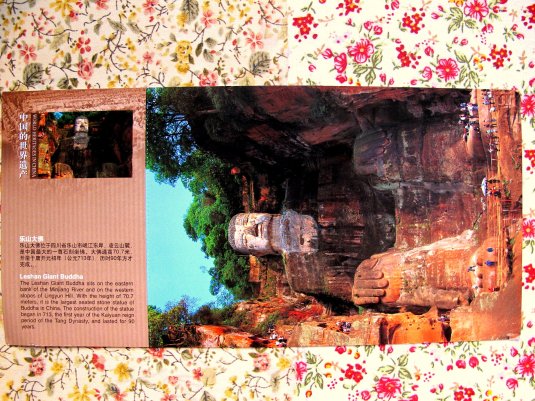
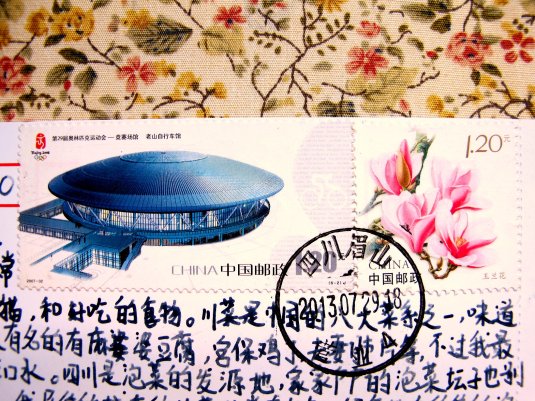
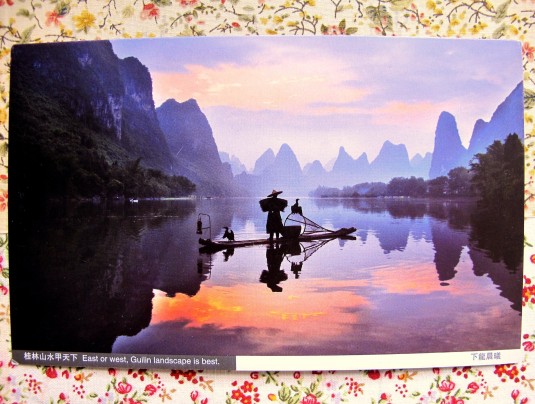

You must be logged in to post a comment.